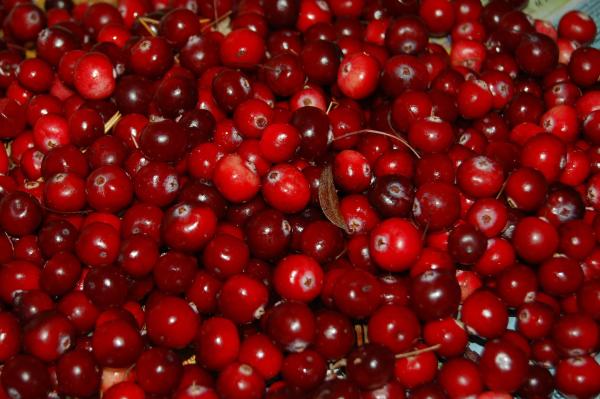The saga began on November 9th when a small quantity of herbicide, linked to abnormal growth in lab rats, was found in the nation’s cranberry harvest. What we have come to see as the traditional lines were quickly drawn. Ocean Spray, speaking on behalf of the “dose makes the poison,” noted that it would take “carloads” of cranberries to have any effect on a human. The Secretary of Health, Education, and Welfare, speaking for “an abundance of caution,” told consumers that if they couldn’t verify the source of the cranberries, “be on the safe side” and don’t buy them.
The herbicide aminotriazole, a chlorophyll inhibitor, was meant to be sprayed after the harvest to reduce the weeds within the cranberry bogs. Perhaps a few bogs had been sprayed prematurely; no one knows. But the finding of aminotriazole ran directly into a new consumer safety regulation instituted one year previously, the Delaney Clause.
“No additive shall be deemed to be safe if it is found to induce cancer when ingested by man or animal.”
As we have discussed recently, it was based not on agricultural science but the extrapolated data from the nuclear bombing of Hiroshima and Nagasaki.
“government inspectors started to seize barrels [of cranberries] as if they were filled with moonshine.”
And like many of today's chemophobic fears, it was rapidly politicized. Vice President Nixon ate several helpings, as did Senator John Kennedy, both then running for President.
Here are some links you might enjoy
From the New Yorker, The Great Cranberry Scare of 1959. It provides a good summary and a shout-out to ACSH when we were considered “a self-described free-market advocacy group” rather than painted incorrectly as an “industry-shill” today
How The Thanksgiving Cranberry Scare Of '59 Created The Chemophobia Movement
And finally, I have pulled our reporting on the Great Cranberry Scare from a more extensive report we made on Facts versus Fear Unfound Health Scares Abridged



